The Nazi Rosetta Stone
In November 1941, Reinhard Heydrich, head of Germany’s Nazi-style department of homeland security (the Reichssicherheitshauptamt, or RSHA), was invited to chair a German-style interagency work group at what would be known ever after as the Wannsee Conference. The group was made up of ranking officials from agencies and departments with a stake or practical interest in what had been known till then as the “total solution” of the “Jewish question.” The minutes of the Wannsee meeting, which Peter Longerich draws upon in this excellent though disturbing study, seem to confirm that it was here that the “total solution” became “final.”
Virtually anyone who’s ever worked in a large organization knows the interagency drill. Its logic is the same, irrespective of time and place. A designated CEO engages a designated enabler from a level or two below to assemble a tableful of departmental representatives. For most it’s the first time they’ve met. Their collective mission is to turn policies into Policy. In this respect, at least, the meeting in a suburban Berlin mansion was generic. But it was also unique, a freeze-frame in an ongoing sequence rather than just another item in a terrible paper trail. Its whole purpose, to quote the first paragraph of the minutes, was to draft and provide Reichsmarschall Hermann Göring with “a common position, shared in advance by all central agencies directly involved with these questions, with respect to establishing parallel lines.”
The challenge was reaching consensus on what to do with an estimated eleven million European Jews. Doubt was nowhere to be seen. Everyone at the table seems to have taken it as self-evident that the problems to be solved were technical, not moral. There was general agreement that disposing of eleven million Jews would not be easy. It was also clear that there were major differences on how to go about it.
The differences began with an existential trade-off: ends or means? Dead Jews or live slave labor? Which had priority? There was also the question of what accommodations were to be made for the elderly and so-called mischlinge, those born to families with one Jewish parent or grandparent.
Heinrich Himmler’s SS, already hard at work murdering Jews, favored a pragmatic case-by-case approach, depending on the local scene and military situation. Heydrich, on the other hand, favored the big picture, a coordinated grand design. After the French surrender in 1940, Madagascar had come under discussion as a place to resettle 6.5 million Jews. Given widely held German assumptions about the decisive influence of Jews on American policy, holding still more millions hostage looked like a way to keep America out of the war. But it had soon become apparent that there was nothing useful that any number of resettled Jews in Madagascar could do to advance the German war effort. Germany’s declaration of war on the United States four days after Pearl Harbor removed that option too. Meanwhile, a giant space in Eastern Europe remained Heydrich’s preference, with himself at the head of the table wherever, whenever the issue came up for discussion.
As usual in Nazi Germany, the climactic debate on whether and how to dispose of the Jews began with Hitler himself, who outsourced it to Göring. But, even apart from collecting other people’s art, Göring’s plate was already piled high with responsibilities for the air force and the anthology of production goals known as the Four Year Plan. On July 31, 1941, five weeks after Germany’s invasion of the Soviet Union, he offered the conference job to the fanatical and relentlessly ambitious Heydrich. It cannot have been a hard sell.
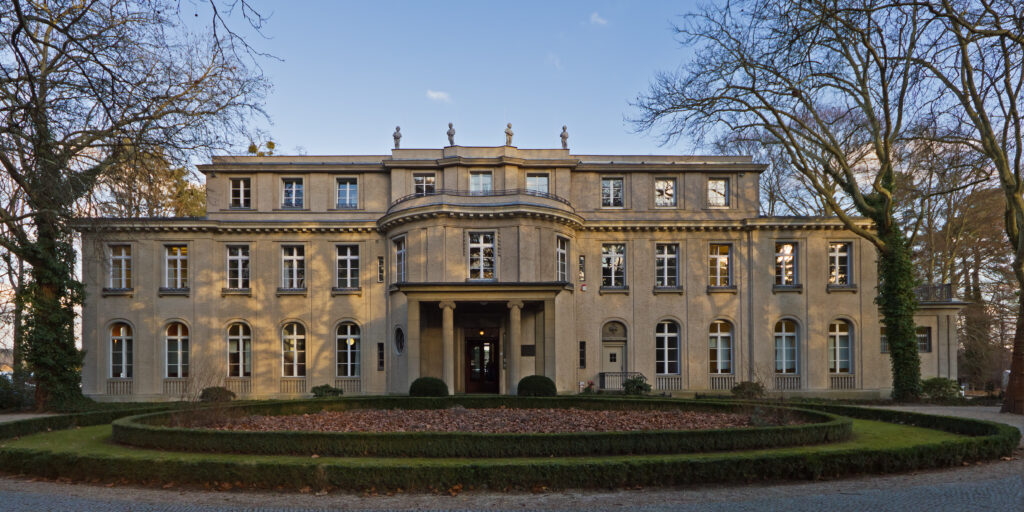
The Wannsee Conference was first planned for December 9, 1941. Unspecified external events, presumably including Pearl Harbor and Germany’s declaration of war on the United States four days later, caused it to be postponed. It was January 20, early in the next year, before the conferees finally met. But from there on, the meeting would make history, and the house where it was held would become a cautionary museum.
Exhaustively documented and deconstructed in 106 pages of text, 389 footnotes, and 13 pages of bibliography, Longerich’s Wannsee demonstrates the crucial importance this ninety-minute meeting, which has sometimes been denied by those who note that the genocide had already begun in Poland, Serbia, and elsewhere. But, Longerich argues, this misunderstands the Nazi path to genocide:
The Holocaust was the result of a decision-making process in which Hitler, the key source of authority in the ‘Third Reich’, acting in close co-operation with other parts of the power structure, gradually developed what had previously been only a vague intention to destroy the Jews into a concrete programme to murder them. I aim to demonstrate how significant the meeting of these fifteen men on 20 January 1942 in fact was as part of the decision-making process.
Longerich painstakingly documents the place of Wannsee in this decision process. Even Eichmann’s—yes, that Eichmann—minutes are included in fourteen page-by-page photos of single-space typescript. Conference minutes are rarely page turners, but time, place, personnel, and order of business make these minutes uncommonly significant. A Rosetta Stone for Naziographers, they illuminate Nazi decision-making like nothing else among the millions of shards and fragments recovered from the ruins of Nazi Germany (of the thirty copies of Eichmann’s minutes that were made, only one survived the war).
Ironically, the originality of the Wannsee Conference begins with the incongruousness of nominal colleagues, exclusively male and for the most part in suits, ties, and the occasional uniform, gathered around a table in midmorning to discuss genocide. Then come the venue, the conferees themselves, and the order of business.
It can hardly have escaped the conferees that they were meeting in Berlin’s equivalent of Georgetown or Chevy Chase, an outstandingly congenial neighborhood otherwise peopled by the affluent and professional. The meeting place at Am Grossen Wannsee 56-58 with music room, billiards room, and a fine view of the lake was usually described as a villa. But it was a villa in the same sense that the Breakers, the Vanderbilt summer house in Newport, Rhode Island, was a cottage.
Built in 1914 by one of the city’s more fashionable architects for a manufacturer of dubious pharmaceuticals, the house was acquired in 1921 by a leading industrialist and financier, who was sentenced in 1941 to five years in jail for fraud and served four of them before his jail was liberated. Meanwhile, the house was acquired by a foundation of Heydrich’s invention as a pleasant place for senior colleagues and distinguished foreign guests to spend the night.
In their way, the conferees, too, were noteworthy. There were fifteen of them, including Heydrich, from eleven different agencies. Though four of the conferees came from the SS, the army—with no explanation offered—was not at the table. But what Germans call the cultured middle class was heavily represented. Ten of the conferees were college graduates. Nine were lawyers. Eight held doctorates. Most were in their late thirties or early forties. Many had served in World War I. Heydrich, an opera singer’s son, was an enthusiastic and apparently proficient amateur violinist. The meeting adjourned after an hour or hour and a half, but not before the obligatory midmorning coffee.
Shortly after the meeting, Heydrich was dispatched to Prague as acting viceroy of the Protectorate of Bohemia and Moravia (i.e., rump Czechoslovakia). Four months after the Wannsee Conference, he was assassinated by members of the Czech resistance. In Nazi Germany, where interagency conflict was the local version of separation of powers, his death was an incidental victory for his rival Heinrich Himmler.
What happened at Wannsee, Longerich concludes, was that “what were originally means and end had been reversed. War was no longer being waged in order to create the conditions for the ‘final solution’ but rather the ‘final solution’ was being placed in the service of the war.”
In the ghastly aftermath of the Holocaust, amid war crimes investigations, most of the participants at the Wannsee Conference denied or forgot that they had attended, or denied that they had said what appeared in the minutes. Only one, a chancellery official, acknowledged that German policy had been shameful. He had nonetheless remained at his post, “simply carried on and waited for the end.”
Suggested Reading
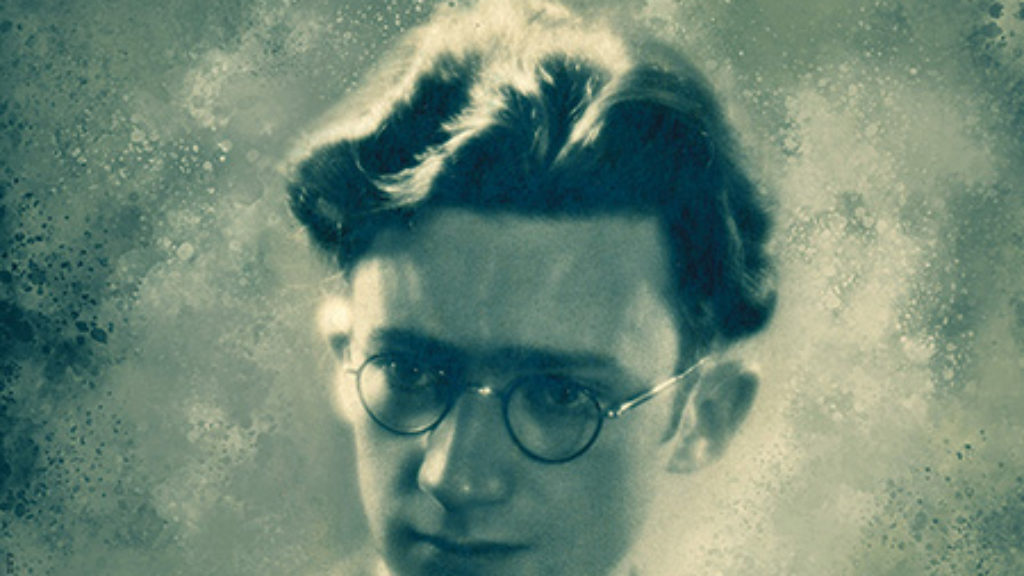
Yiddish Heroism, Hebrew Tears
For Avraham Sutzkever, life and work were not even slightly separate, since his was a life not merely shaped by poetry in a metaphorical sense but literally saved by it, when a poem of his produced an airplane.
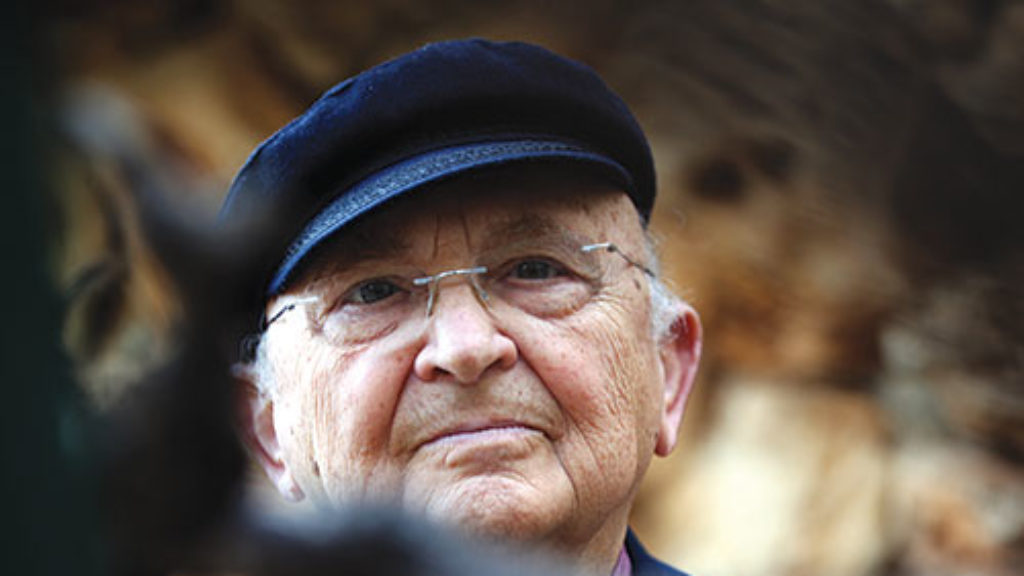
Not of This World
In writing his first book for young readers, Aharon Appelfeld seems to have split himself and his life story between the two title characters: resourceful Adam, a boy of the land whose knowledge of the forest keeps them safe and fed, and bookish Thomas, a doubter in both faith and his own abilities.
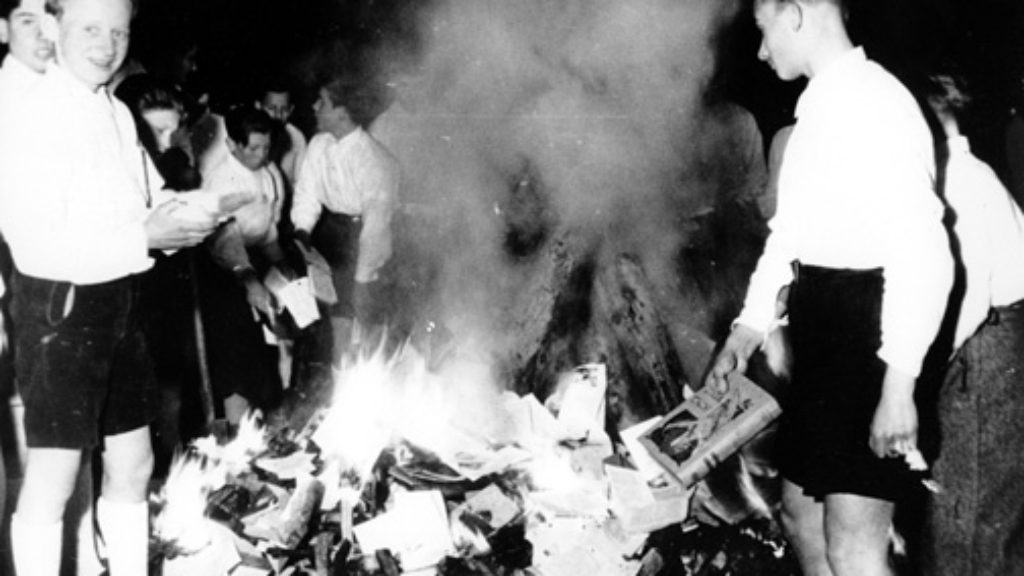
Why the Germans?
Was Nazi hatred of the Jews driven by envy of their economic and social success or rather by a fear of a perceived threat to German culture and identity?
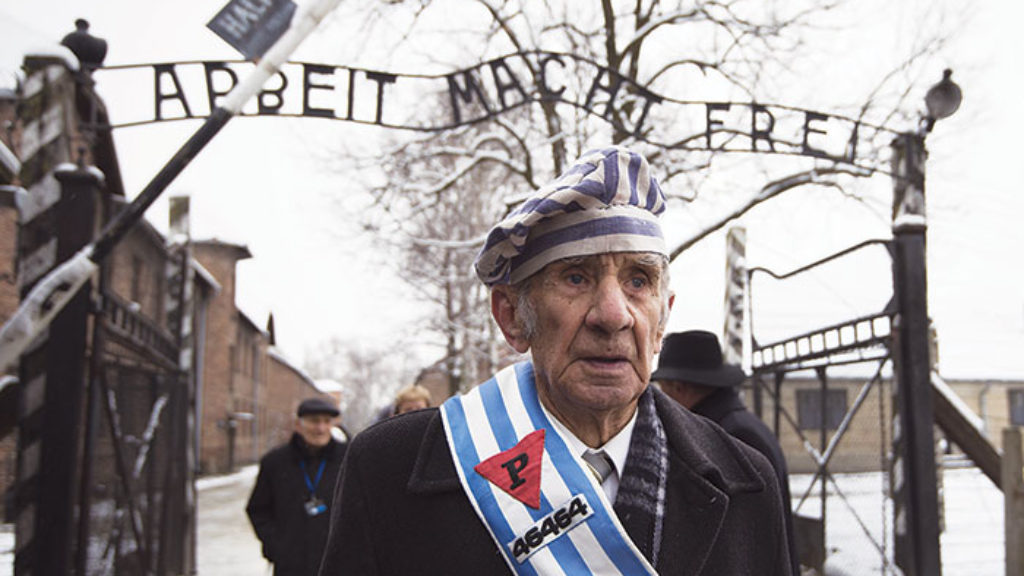
Law, Justice, and Memory in Poland
Under the Law and Justice Party, Poland has just criminalized the life stories of its Jewish survivors. Here’s why.
Comments
You must log in to comment Log In